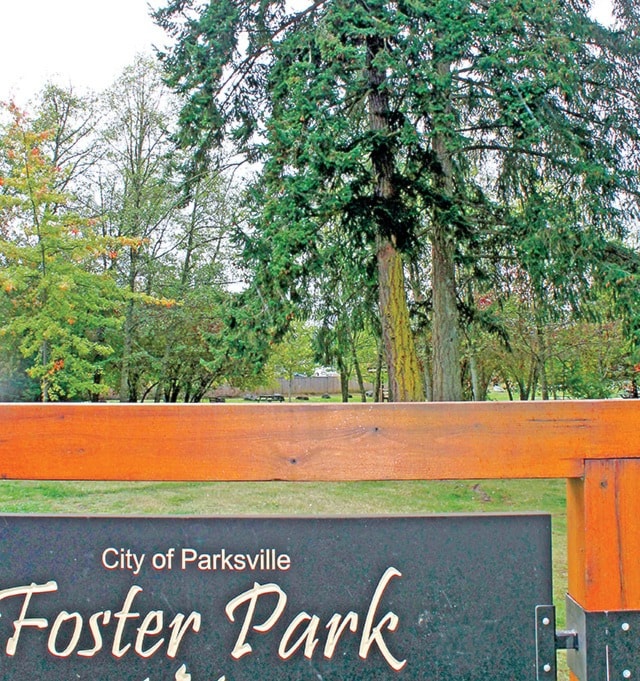The city’s tree maintenance program includes the general care of trees located in parks and other city-owned properties, according to a news release from the City of Parskville.
“Trees provide value to our community, contributing to our environmental health and to enhance landscaping within city parks, sidewalks and medians,” said the release.
The city said areas which require maintenance at this time include Eagleview Park, Foster Park, Hamilton Park and Bridgewater Park and as other urban forested areas are inspected by city staff, more areas may be identified.
According to the release, the city has a long history of protecting and enhancing our treed landscapes and urban woodlands. Staff offers a wealth of knowledge regarding planning, design and conservation techniques for trees. The city’s arborists perform tree inspections and organize the required work to be done to be completed by city staff or by contractors. Hazard evaluations attempt to identify defective trees, assess the hazard posted by such trees and implement measures designed to prevent accidents caused by failures. Examinations are done in a systematic manner to ensure all trees in a target area are inspected.
A standardized tree rating system is a fundamental requirement of any hazard control program. The tree rating system takes into account, failure potential, size of part and a target rating. Dead trees do not necessarily present an imminent hazard. Trees are assessed and removed based on the hazard rating. Dead trees which are retained are tagged and monitored for removal at a later date when the hazard rating warrants it; this way the city can manage budgets to target the trees on a priority basis.
The majority of the dead trees in the urban forest are western red cedar and grand fir which are susceptible to drought. The western red cedar is in serious decline on the southwest coast and the number of cedar trees is expected to be significantly reduced over the next decade. The city stopped planting Western Red Cedars a number of years ago because we recognized the futility in trying to re-establish this great tree in our urban forest. Although the western red cedar is British Columbia’s official tree and of significant cultural importance, we have decided we need to look at planting other more successful species such as pine, sequoia and spruce.
Eagleview Park has experienced significant tree loss over the past year. Monitored by the city, dead trees have resulted from a combination of changes in drainage and grade as well as impacts resulting from last summer’s drought. Road construction immediately adjacent to some of the trees may have had an effect however; there are multiple dead trees well within the park and away from root disturbance. To some extent, the eagle nest has limited staff’s ability to perform routine maintenance within the nesting window.
Hazardous trees in Eagleview Park will be removed as determined by the city’s arborists as certified by the International Society of Arborists. Where possible, hazardous trees will be turned into habitat stumps however; because of the high number of trees which require modification or complete removal, debris and smaller dead trees will be cleared to reduce a potential fire risk.
Other parks will see the coarse woody material left in the park until removal can be scheduled. Woody debris on the forest floor is healthy for urban parks creating habitat for wildlife and plant life and some debris will be left for this purpose.
— NEWS Staff/City of Parksville
